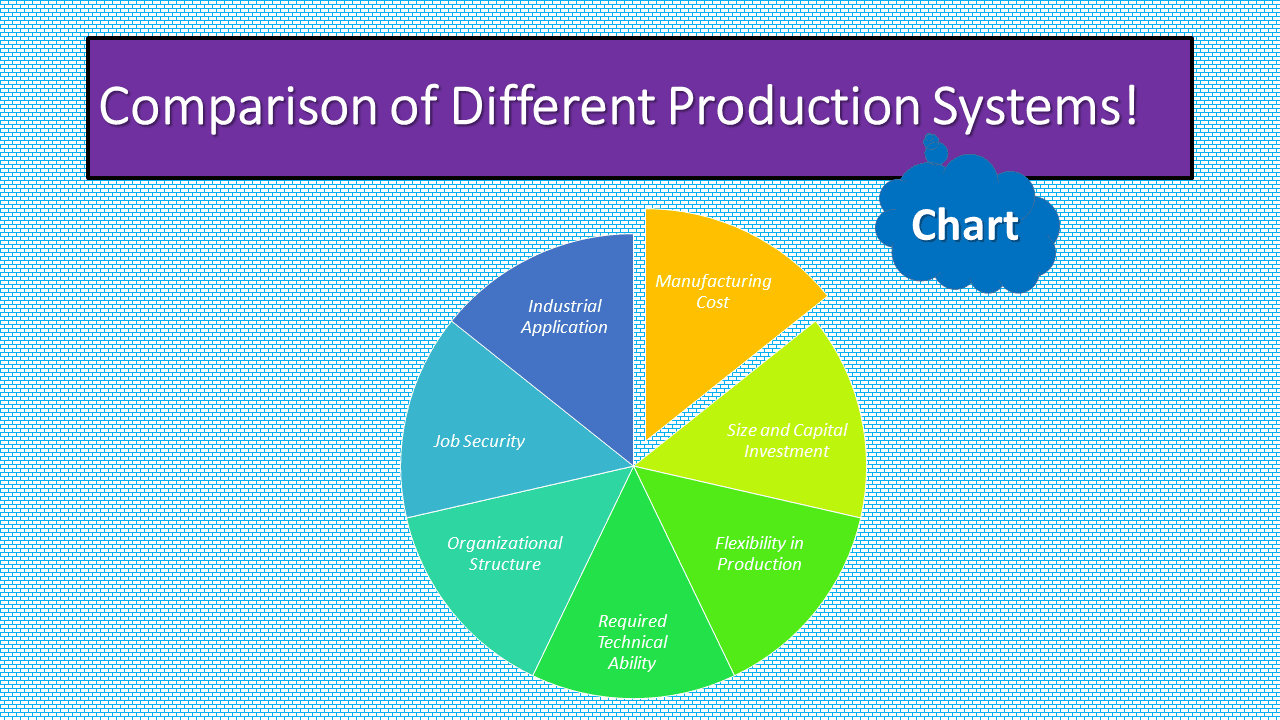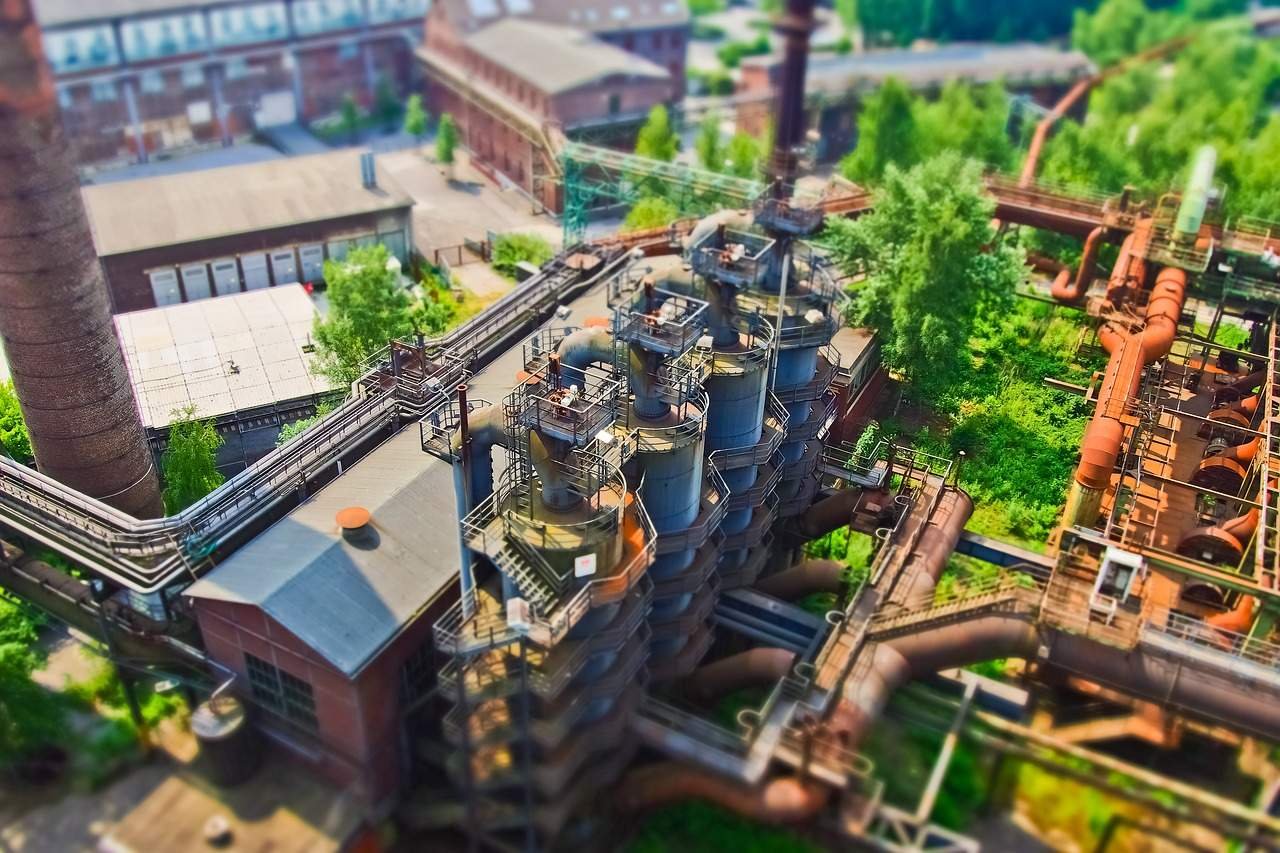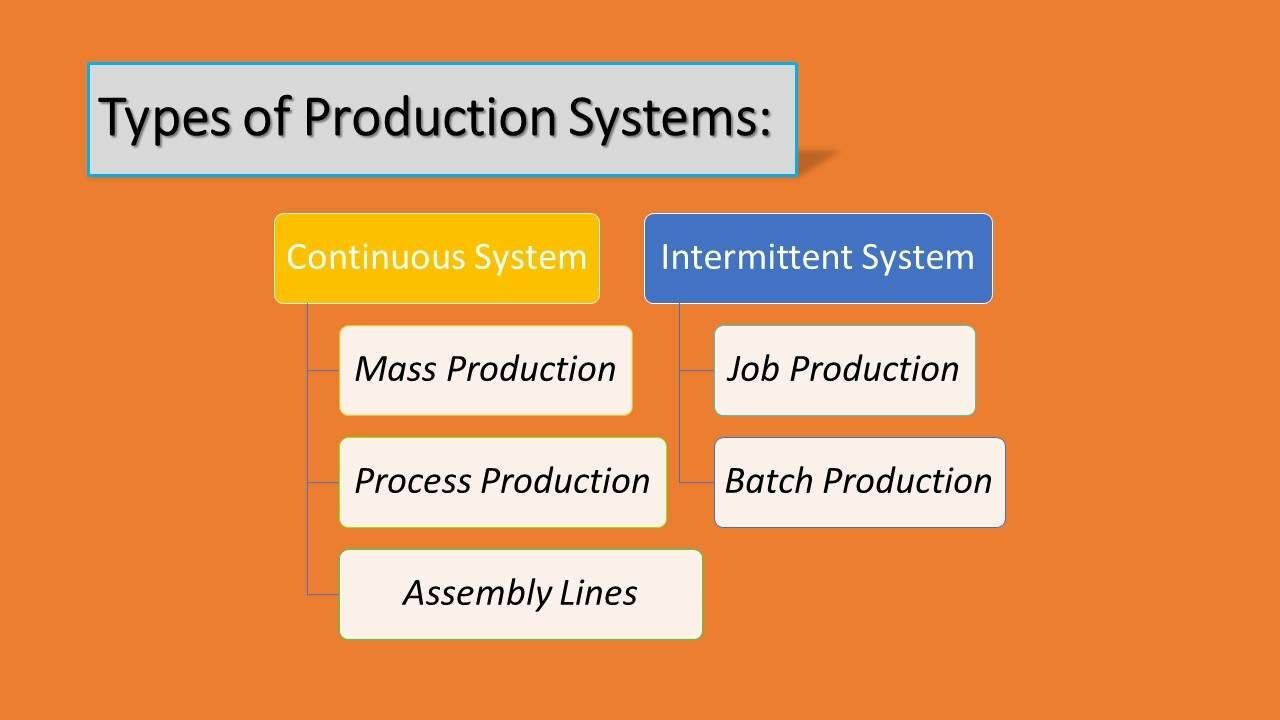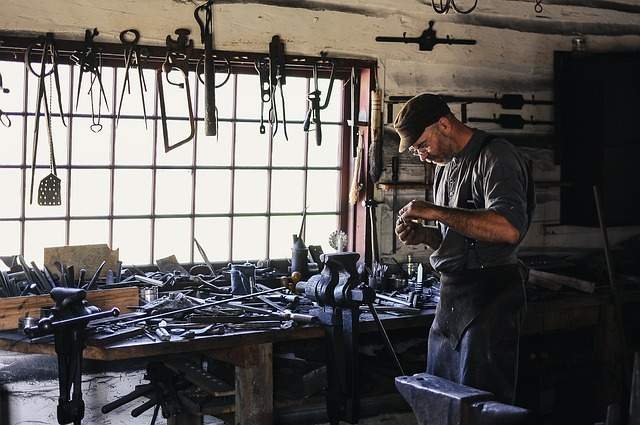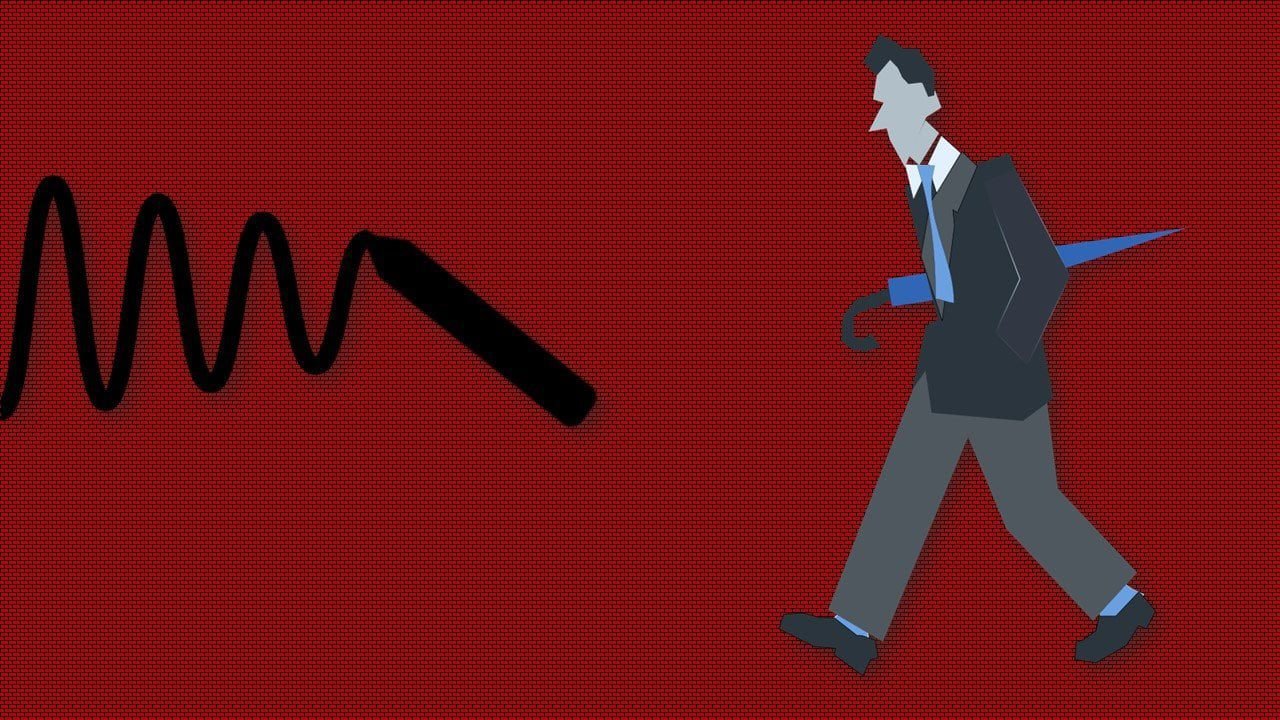The factors affecting Plant location decisions; Decisions regarding selecting a location need a balance of several factors. Hardly there is any location which can be ideal or perfect. One has to strike a balance between various factors affecting plant location. Some factors are crucial in deciding the location of the plant while some other factors are less important.
Here are explains; What are Factors affecting Plant location decisions?
In taking the decision of the location of the plant, due regard should give to the minimization of the cost of production & distribution and maximization of profit. The decision of plant location should base on nine M’s, namely money, material, manpower, market, motive power, management, machinery, means of communication and momentum to an early start. Also, want to know what is the five M’s in Business?
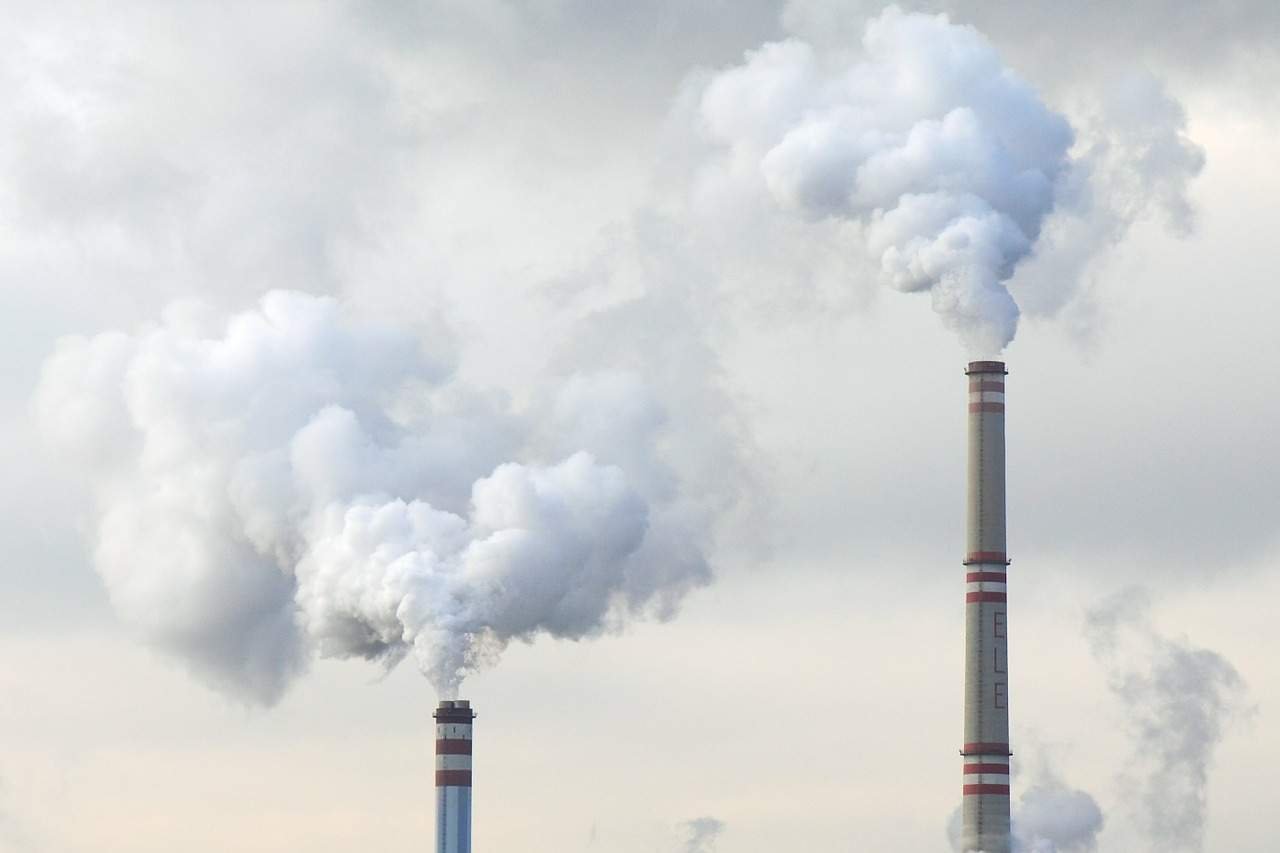
The following are some of the important factors which the management must carefully bear in mind in selecting an optimum site for the plant – 15 factors affecting plant location decisions below are;
Nearness to Raw Material:
It will reduce the cost of transporting raw material from the vendor’s end to the plant. Especially those plants which consume raw material in bulk, or the raw material is heavyweight, must locate close to the source of raw material. If the raw materials are perishable, the plant is to locate near the source of the material. This is true of the fruit canning industry.
Sugar and paper and other industries using weight losing materials are also located near the point of supply. Industries which depend for their raw materials on other industries tend to locate near such industries e.g. the petrochemicals industries are locating near refineries. Similarly, Thermal Power Stations are situated near coal mines.
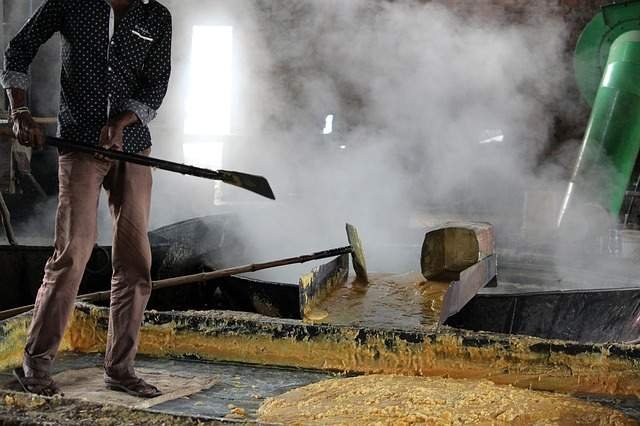
In case the raw material is imported, the unit must establish near the port. When a company uses a number of raw materials and their sources are at a different location, the ideal site for the plant shall be a place where the transportation costs of various raw materials are the minimum.
Apart from these considerations, a promoter must view the supply of raw materials from the following angles also:
- If the supply of raw materials is linked with finance, it must be set up where the raw material is available at reduced or concessional rates.
- Reliability and continuity of the source of supply, and.
- The security of means of transport.
Nearness to Markets:
It reduces the cost of transportation as well as the chances of the finished products getting damaged and spoiled in the way. Moreover, a plant being near to the market can catch a big share of the market and can render quick service to the customers. Industries producing perishable or fragile commodities are also attracted to the market because of savings in time and transportation costs. Industrial units have a tendency to disperse if they find a new market for their products.
Availability of Labor:
Stable labor force, of the right kind, of adequate size (number) and at reasonable rates with its proper attitude towards work are a few factors which govern plant location to a major extent. The purpose of the management is to face fewer boycotts, strikes or lockouts and to achieve lower labor cost per unit of production.
Availability of Fuel and Power:
Because of the widespread electric power, in most cases, fuel (coal, oil, etc.) has not remained a deciding factor for plant location. It is, of course, essential that electric power should remain available continuously, in proper quantity and at reasonable rates.
Availability of Water:
Water is used for processing, as in paper and chemical industries, and is also requires for drinking and sanitary purposes. Depending upon the nature of the plant, water should be available in adequate quantity and should be of proper quality (clean and pure). A chemical, fertilizer, thermal power station, etc. should not be set-up at a location which IS famous for water shortage.
Climatic Conditions:
Climate conditions also influence the location decision. Some industries need a special type of climate to run the unit effectively. For example, the cotton industry requires a humid climate and therefore it is mainly localizing at Bombay, Ahmedabad, etc.
But the scientific development and new inventions have lowered down the importance of the factor. So due to the development of artificial humidification, the cotton textile industry can now start in any region of the county. The question of climate is more important for an agricultural product like tea, coffee, rubber, cotton, etc. even today.
Government Policy:
Certain states give aid as loans, machinery, built-up sheds, etc. to attract industrialists. In a planned economy, the Government plays an important role in the location of industry. In India Government follows the policy of balanced regional growth of the country which is very important from the point of view of defense and social problems like a slum, the disparity of income & wealth and optimum use of resources.
On, the order to implement this policy, the Government offers several incentives to entrepreneurs to locate their industrial units in backward regions or no-industry regions. It offers tax concessions or loan facilities or factory sheds at cheaper rates. Sometimes the Government announces certain disincentives to industries located at a certain place. Thus Government policy plays an important role in the location of industry.
Land:
The shape of the site, cost, drainage, the probability of floods, earthquakes (from the past history), etc. influence the selection of plant location.
Community Attitude:
The success of Industry depends very much on the attitude of local people and whether they want to work or not.
Security:
Considerations like law and order situation, political stability and safety also influence the location decision. No entrepreneur will like to start the industry at a place which is not safe and where there are law and order disturbances off and on.
Transport Facilities:
A lot of money is spent both in transporting the raw material and the finish goods. Depending upon the size of raw material and finish goods, a suitable method of transportation like roads, rail, water or air is selecting and accordingly the plant location is deciding.

Transportation costs depend mainly on the weight carried and the distance to cover. In some industries, the weight of the raw material is much higher than that of the finished product. e.g. in a weight loss industry like sugar manufacturing, four to five tons of sugarcanes have to carry per ton of sugar.
Similarly, in Iron and Steel Industry two tons of iron is requiring to produce one ton of pig iron. Therefore the transport costs can save by locating near the source of materials. In the case of weight gaining industry, location near the market may result in savings in transportation costs. e.g. in soft drink, the weight of the finished product is higher than raw material.
The momentum of an early start:
Another factor of some importance has been the momentum of an early start. Some places got localized only because one or two units of that industry start production there. With the passage of time, these places gained importance and attracted other units of the industry. As a place gains importance, certain facilities usually beg in to develop.
For example,
- Transport facilities are developing because railways and other agencies find it economical to serve those centers.
- Specialized firms start to take up repair and maintenance job for such units.
- Banking facilities are made available, and.
- Labor possessing various skills are attracting there. These facilities further attract more industries.
Personal Factors:
Personal preferences and prejudices of an entrepreneur also play an important role in the choice of location. Economic consideration does not weight much. For instance, Mr. Ford started cars manufacturing motor in Detroit because it was his home town. It must, however, recognize that such location cannot endure unless they prove to be economical enough in the long run.
Communication Facilities:
Every business firm requires every type of business information regarding the position of labor, market, raw materials, and finished goods and this facility is available only when communication facilities are there. As communications facilities are not adequately available in rural areas, industries are very much reluctant to start their business there.

Other Considerations:
There are certainly other considerations that influence the location decisions which are:
- Presence of related Industry.
- Existence of hospitals, marketing centers, schools, banks, post office, clubs, etc.
- Local bye-laws, taxes, building ordinances, etc.
- Facility for expansion.
- New enterprise owned or operated by a single group of companies should be so located. That its work can integrate with the work of the associated establishments.
- Industries like nuclear power stations, processes explosive in nature. The chemical process likely to pollute the atmosphere should locate in remote areas, and.
- Historical factors etc.


